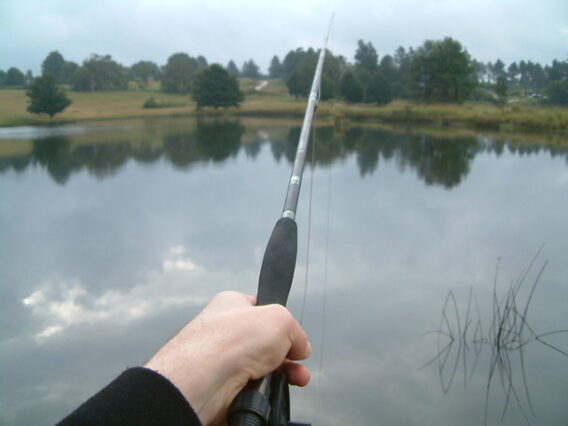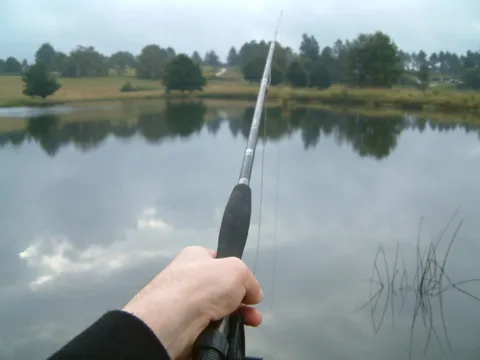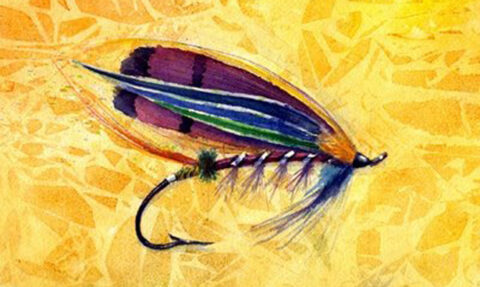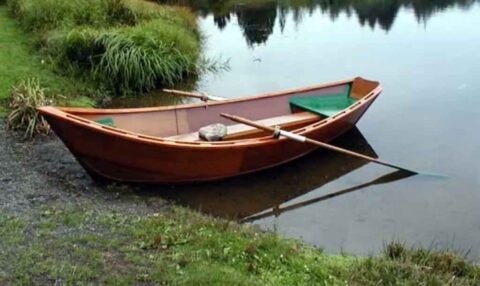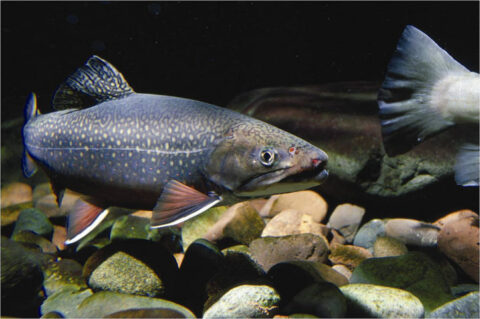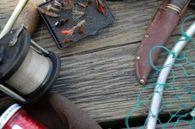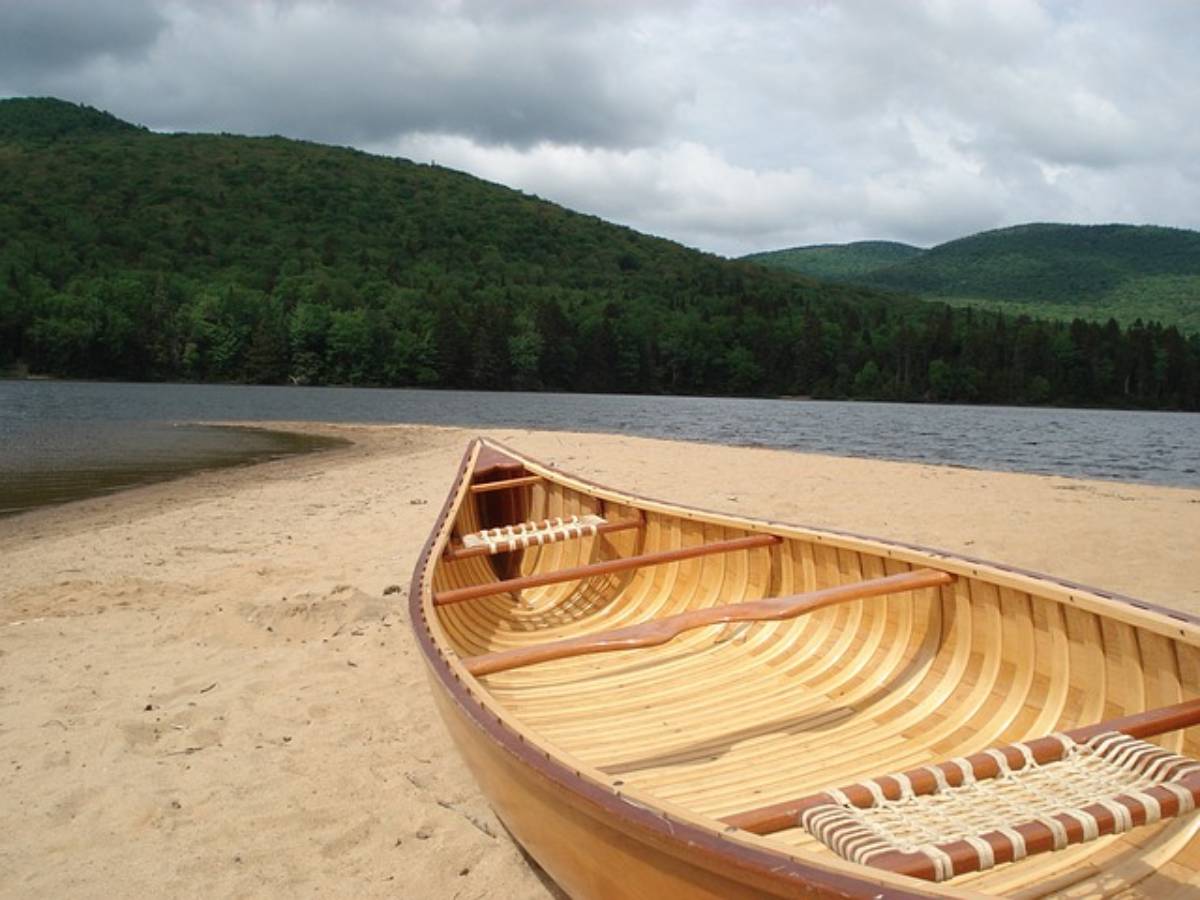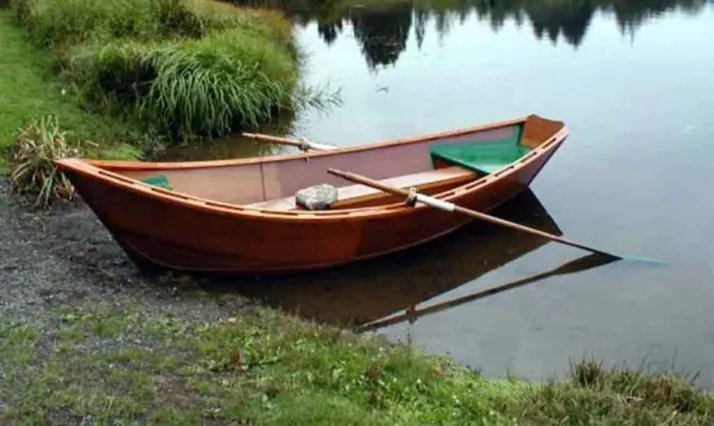It was a long time ago when the guy behind the counter at the White’s Auto Store asked me if I wanted a fast one or a slow one. A really long time ago.
I was totally confounded and confused and didn’t have an answer for him. I had no idea there were fast ones and slow ones and half fast ones. I was a young bundle of nerves, anxiety and clueless all rolled into one. I just wanted to buy a fly rod and catch a fish.
Let’s see if I can spare you some of that anxiety in preparation of your quest to purchase a fly rod.
Type Of Fly Rods
Fly rods have been made from all kinds of materials including tree limbs, bamboo, steel, fiberglass, plastic, graphite, boron and no telling what else. I have even read about someone using Kevlar in the production of fly rods.
The most popular these days are the graphite rods. Bamboo and fiberglass would be next. I have some of each and like them all for certain applications.
Most of the experts I consulted had the same advice. Most of them agreed that one’s first fly rod should probably be a 9 foot long, graphite rod made for a 5 weight line. That’s as close to an all around fishing rod as you can get.
I think that’s pretty good advice, but I’d go one step farther and suggest you find a fly shop in your area to go to and actually handle a few.
But wait a minute… What’s all this 5 weight business we’re talking about?
Fly Rod Weights
Fly rods are designed and built with certain applications in mind. They range from really light weight to real heavy weights and all in between.
That’s where part of the fly rod lingo comes in. There are several phrases used in describing fly rods, including actions like fast, medium and slow.
Let’s start with the “weight-ing” game.
Fly rods all have a weight designation, and I can only guess that’s because fly lines all have a weight designation. Yeah I know, nothin’ gets by me. Point being: the smaller the number, the smaller and/or lighter the fly line. Typically, the smaller the line, the smaller the fly or more delicate presentation one can accomplish.
I’ve never used one, but I have seen some fly rods designated “000” — as in triple ought. That would be considered an ultralight to be used with very small flies, and probably best suited when you are targeting small fish in small waterways.
I’ve also never used, but have seen advertised for sale, a 16 weight fly rod. They say it’s used for chasing huge Marlin with huge flies. I can only imagine it’s somewhat like fishing with a 2×4. Someday, I hope I get to find out firsthand.
That’s why most folks will advise a first time fly rod buyer to go with a 5 weight rod.
It’s in the middle. It’s not the best choice for really tiny flies, it’s not the best choice for really big flies, but it can do a good job for most fly fishermen in most freshwater fly fishing scenarios.
You really do need to get some idea of what type of fish and waters you’ll be fishing for and in before you can really make that decision. Small creeks and ponds with small fish could probably be best served with smaller, lighter weight rods. Bigger waters, heavier flies and bigger fish, say over 5 pounds or so, are probably best suited for heavier rods.
What Is Action?
I mentioned action earlier. Fly rod action is usually described as fast, medium or slow.
Here’s the simple breakdown…
A fast action rod usually seems stiffer than the rest. Fast action rods usually bend or flex mostly in the tip or end section during the cast or while playing a fish. Typically, they are used when fishing conditions call for longer casts and heavier flies. I would not call them the easiest actions to learn to fly cast with.
Next down would be a medium or moderate action. During the casting stroke they will bend, or flex, much farther down the rod toward the handle. They are probably easier to learn to cast with than the other extremes. To me, they also seem more forgiving while playing a fish.
What’s that mean for a beginner? The flex of the rod helps to protect the tippet from breaking. It acts kind of like a shock absorber and can improve the odds of landing that fish instead of breaking the tippet leaving you with only a fisherman’s tale of the one that got away.
Slow action rods have lots of flex. Many times they will flex all the way to the grip when casting. In my opinion, these rods are perfect for small streams, small flies and small fish.
This may sound crazy to some, but I often enjoy days of fishing to small trout in tiny mountain streams. I mean, these are sometimes streams one can jump across in a single bound, sometimes two in a wide stretch. A trophy sized fish here is 10″ long. It’s all relative. These slow action rods protect lightweight tippet, make very delicate presentations with tiny flies in tight quarters and are all one needs when fishing this type water.
I found this the other day, and thought I’d share it with you. It’s the Orvis Fly Rod Flex Index. Check it out. It will probably give you a better idea of action because they have three good photos. They use the terms full flex for a slower action, mid-flex for a medium action and tip flex for a fast action rod.
Know What You’re Looking For
Okay, now that you have some basics under your belt, maybe you will at least have an idea about some of the fishing rod types, styles and uses.
Before you go shopping for a fly rod, it boils down to a few points:
- First, what type of water, fish and flies do you want the rod to handle? That’s your starting point.
- Then, head for a good fly shop for some additional guidance.
Remember this: None of this is written in stone. It’s all written in personal preference.
One of my close friends, who is also a fishing guide, often fishes a 4 weight rod with a faster action, while I’m standing just upstream from him fishing a 5 weight rod with a slower action, while our other buddy and guide is working the same water with a 3 weight bamboo rod. Much of a person’s rod choice has to do with what works well for them and the amount of experience they have. The only way to know that is to get your hands on a few different rods and try them out.
Most good fly shops these days are eager to help folks make the right choice for their particular style and application. They will probably even let you test cast some different types of rods. It could be you like bamboo or fiberglass or they suit your casting motion better.
Sharp hooks and tight lines,
Ron
I'm a fly fishing guide in Montana. One of my greatest pleasures in life is introducing people to fly fishing — watching them catch their first fish on a fly, and watching them 'get it' when it all comes together. I love sharing what I've learned in an easy-to-understand manner.
